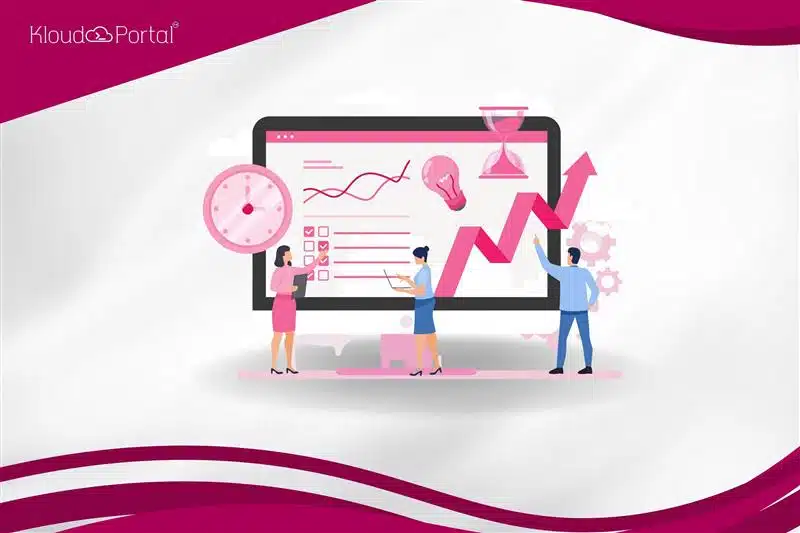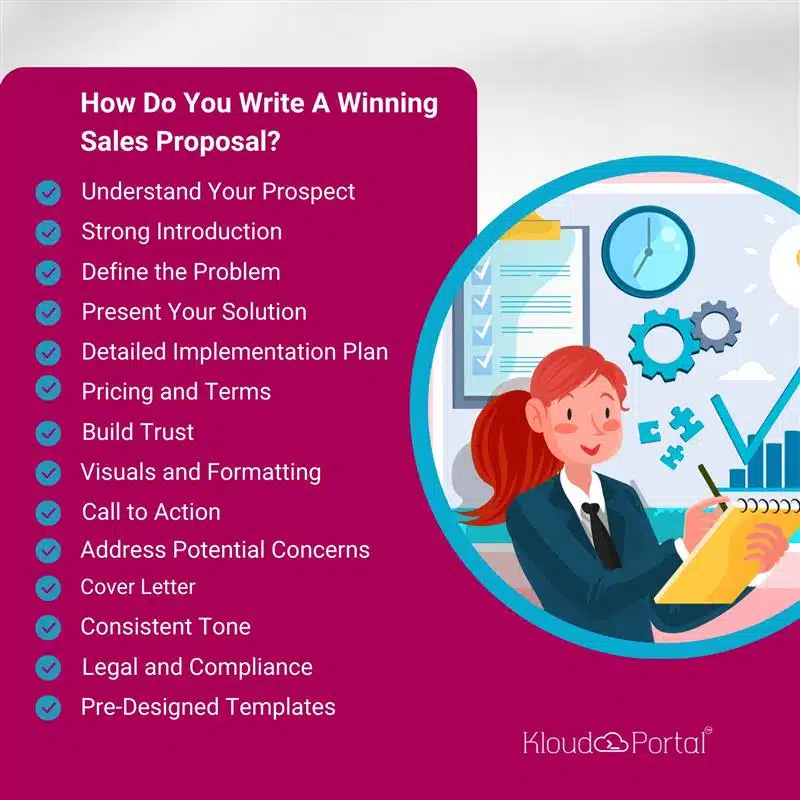
How To Write A Killer Software Sales Proposal That Wins More Deals
Crafting a killer proposal is a crucial skill that can make or break deals in today’s fast-paced universe of software sales. Sales professionals, armed with the right knowledge and strategies, can create proposals that not only stand out but also resonate with potential clients. In this comprehensive guide, we’ll delve into the key elements and strategies for writing a killer software sales proposal that consistently wins more deals.
Understanding The Importance Of A Winning Sales Proposal
An effective sales proposal is a comprehensive document containing information about your goods, personnel, products, service offerings, and the value you pledge to provide as a brand. It is crafted for prospective investors, vendors, and other internal stakeholders who significantly influence your business’s financial performance and revenue. The significance of a great proposal cannot be overstated. It serves as a bridge between your software solution and the needs of your prospective client. A successful proposal not only outlines the proposed solution but also addresses the unique pain points and challenges faced by the target audience. Successful sales proposals are tailored to the specific needs and preferences of the decision-makers and key stakeholders involved. Understanding the dynamics of the target audience allows the sales team to align their business proposal with the priorities of potential customers.How Do You Write A Winning Sales Proposal?
Writing winning sales proposals involves a strategic and customer-centric approach. Here’s a step-by-step guide to help you craft a compelling sales proposal:- Understand Your Prospect: Research your prospect’s business, industry, and concerns. Identify specific needs and challenges your solution can address.
- Start with a Strong Introduction: Hook the reader with a compelling opening. Personalize the introduction to resonate with the prospect’s situation.
- Clearly Define the Problem: Articulate the prospect’s concerns. Quantify the impact of the problem to highlight its significance.
- Present Your Solution: Highlight the features and benefits of your solution. Clearly explain how your product/service addresses the prospective customers’ challenges.
- Provide a Detailed Implementation Plan: Outline the steps and timeline for implementation. Clearly define roles and responsibilities.
- Pricing and Terms: Be transparent about the cost breakdown. Offer different pricing options or packages.
- Build Trust: Include case studies or testimonials. Highlight your company’s credentials and expertise. Offer guarantees if applicable.
- Visuals and Formatting: Use a professional and visually appealing design. Incorporate visuals like charts or infographics to enhance understanding.
- Address Potential Concerns: Anticipate and address potential objections in the proposal. Clearly outline risk mitigation strategies.
- Call to Action: Clearly state the next steps. Provide a deadline for their response.
- Cover Letter: Include an introductory letter that personalizes the proposal. Address the prospect by name and briefly summarize the key elements of the proposal.
- Consistent Tone: Maintain a steady tone throughout the proposal. A professional and engaging tone helps build a connection with the prospect, creating a positive impression.
- Legal and Compliance: Ensure the proposal complies with legal standards. Clearly state terms and conditions.
- Pre-Designed Templates: Utilize ready-made templates to streamline the process. Templates ensure consistency in formatting and help maintain a professional appearance.

Crucial Elements Of A Successful Sales Proposal
- Executive Summary: Capturing Attention from the Start
The executive summary is the gateway to your proposal. It should be a compelling, concise overview that immediately grabs the attention of the reader. Highlight the main points, emphasizing how your software solution addresses the buyer’s problem.
- In-Depth Research: The Foundation of a Winning Proposal
Thorough research forms the backbone of a fruitful sales proposal. Knowing the prospect’s industry, issues, and challenges enables sales teams to tailor their proposals effectively. Utilize market research to position your software as the optimal solution.
- Unique Selling Proposition (USP): Stand Out in a Crowded Market
Clearly define your software’s unique selling proposition. What sets it apart from the competition? Articulate the value proposition that makes your solution the ideal choice for prospective clients.
- Visual Elements: Making an Impact Beyond Words
Incorporate compelling visuals into your proposal. Visual components such as charts, graphs, and infographics can convey complex information in a digestible format. A well-designed proposal not only enhances readability but also leaves a lasting impression.
- Proposal Content: Addressing Pain Points and Providing Solutions
The core of the proposal should focus on addressing the prospect’s challenges. Outline how your software solution directly resolves their challenges and improves their business processes. Use language that resonates with the target audience and emphasizes the positive outcomes they can expect.
- Effective Sales Pitch: Tailoring Your Message for Impact
Craft a persuasive sales pitch that speaks directly to the prospect’s problem. Customize your communication to align with their requirements and aspirations. Avoid technical jargon and maintain a steady tone that aligns with the prospect’s preferences.
- Social Proof: Building Trust through Success Stories
Integrate social proof into your proposal by including case studies, testimonials, or references from satisfied clients. This not only builds trust but also provides evidence of your software’s effectiveness.
- Pricing Model: Transparent and Tailored to Needs
When presenting pricing plans, transparency is key. Clearly outline cost plans and models, ensuring that the prospect understands the value they receive for their investment. Tailor pricing options to accommodate different budget levels.
Customer Success And Follow-Up
- Customer Success: Transitioning from Proposal to Implementation
Once the proposal is accepted, the customer success team plays a crucial role in ensuring a smooth transition from proposal to implementation. Their expertise ensures that the client achieves the promised outcomes and experiences the full potential of your software solution.
- Follow-Up: Nurturing Relationships for Future Opportunities
Establish a follow-up process to nurture relationships with clients. Regular communication demonstrates ongoing support and opens avenues for future collaborations. Gathering feedback also provides valuable insights for refining future proposals.
Conclusion
Writing a killer software sales proposal is a strategic process that requires a deep understanding of the prospect’s needs, effective communication, and a commitment to providing solutions. By incorporating the key elements discussed in this guide, sales reps can consistently create business proposals that not only win deals but also foster long-term relationships with satisfied clients. Remember, a successful proposal is not just a formal document; it’s a powerful tool that showcases your software as the solution to the prospect’s concerns, ultimately closing deals and driving business success.
Rasmita Patro
About The Author…
Meet Rasmita Patro, a content writer, a former teacher, and a former HR with a passion for storytelling, creating compelling content that engages and informs readers. She has a Master’s in Economics and an MBA degree in Human Resources. Her expertise spans a variety of industries, including finance, healthcare, technology, and others. She has a particular inclination toward crafting blog posts, articles, and social media content that resonates with the target audience. She loves reading different genres of books, love to experiment with cooking, and listening to soothing music.

